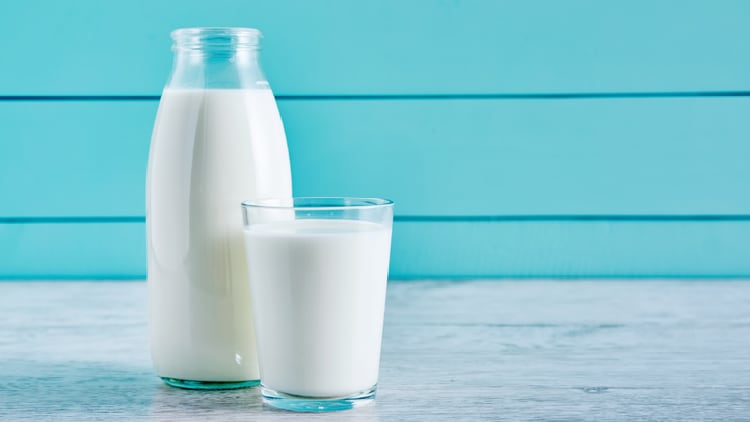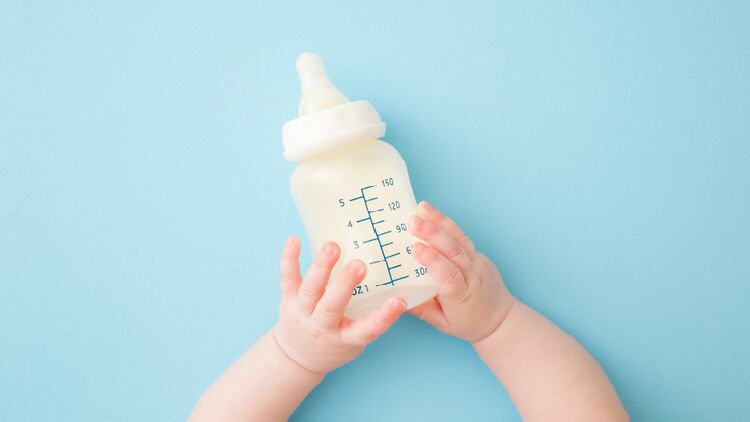In vitro digestion tests showed that the method allows 65 per cent of the lactoferrin to be retained inside the capsule even after exposing it to gastric acid for two hours.
This is because the highly porous microparticle allows more lactoferrin to be loaded into the capsule template, while encapsulation can protect the lactoferrin from being degraded by gastric acids.
The study was conducted by researchers from Agency for Science, Technology, and Research (A*STAR), AgResearch, and Omya International and findings published in the Journal of Colloid and Interface Science.
The highly porous microparticle used in this study is surface-reacted calcium carbonate (SRCC) microparticles developed using a proprietary technology developed by Switzerland firm Omya International.
As compared to the traditionally used vaterite microparticles, also made from calcium carbonate, SRCC is more porous, which means that more bioactives can be loaded into the microparticles.
In this study, researchers assessed the efficiency of three types of SRCC microparticles in terms of the amount of lactoferrin that can be loaded and retained in the particles, as compared to the less porous vaterite microparticles.
Lactoferrin is used as the bioactive in this case because it has poor bioavailability in adults, because it will be broken down in the gastrointestinal system, in turn, nullifying many of its health benefits, such as reducing the incidence of common cold-related symptoms in women.
“First, we absorb lactoferrin into the SRCC/vaterite template, and then we coated them with our proprietary shell material which provides protection from gastric jucies .
“Then, after the capsules are formed, we will extract SRCC/vaterite out of the capsule, so that the capsule contains only lactoferrin,” principal investigator Dr Maxim Kiryukhin told Nutraingredients-Asia.
“It may be beneficial to keep some residual amounts of calcium carbonate (in the form of SRCC or vaterite) inside the capsules, because it may provide additional protection if necessary, against the acidic gastric environment.
“Calcium carbonate may act as a buffer, keeping the pH inside the capsules significantly higher than in the surrounding gastric acids,” he added.
Higher loading capacity
Out of the three SRCC microparticles, one of them showed a superior lactoferrin loading capacity of 11.00wt % achieved in a single absorption step and 74 per cent retention efficiency after two cycles of washing the capsule with deionised water.
The other two SRCC microparticles showed a lactoferrin loading capacity of 10.73wt % and 8.85wt% and a retention efficiency of 69 per cent and 61 per cent respectively.
On the other hand, vaterite microparticles only showed a lactoferrin loading capacity of 3.81wt % and 21 per cent retention efficiency.
Overall, the retention efficiency of the SRCC template was about 3.5 times higher than that of vaterite.
“It was shown that the most important factors were the surface area of the powders (which ensures effective lactoferrin adsorption) and VIP in the microparticles (which additionally increase LC due to a ‘sponge effect’),” the researchers said.
Capsule weight
With a higher loading capacity, using SRCC microparticles as capsule making template can also lead to a lighter capsule.
“When using vaterite as a capsule making template, the percentage of capsule shell material required is significantly higher than SRCC.
“The SRCC template allows a lighter capsule weight storing the same amount of active ingredient as the vaterite template,” Dr Kiryukhin said.
The weight difference between capsules made using SRCC and vaterite microparticles can go up to 36 times.
Beside a higher loading capacity, SRCC is also more superior than the vaterite template in terms of stability.
“Vaterite is not a very good template for large scale production, because it is pretty much unstable and cannot be stored for a prolonged period of time.”
While this research looks at the use of SRCC for lactoferrin, he said that there could be a wide variety of active ingredients which could be loaded using this technology.
Source:Journal of Colloid and Interface Science
Surface-reacted calcium carbonate microparticles as templates for lactoferrin encapsulation
https://doi.org/10.1016/j.jcis.2021.03.059
Authors: Maxim V. Kiryukhin et al





